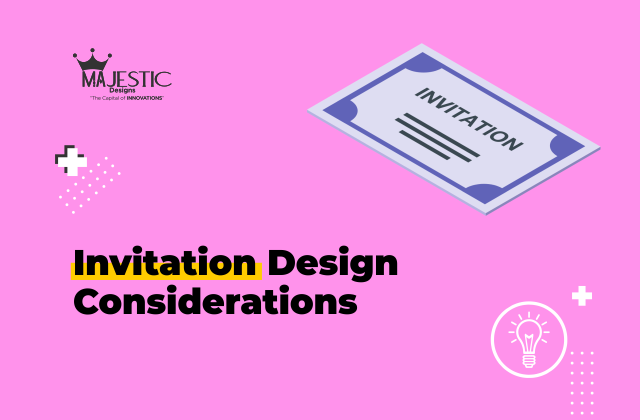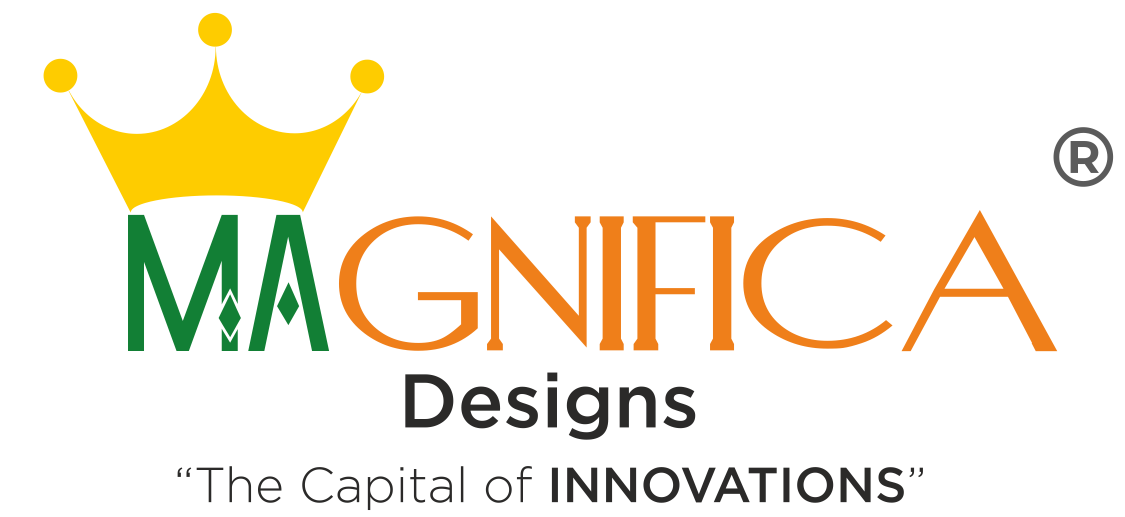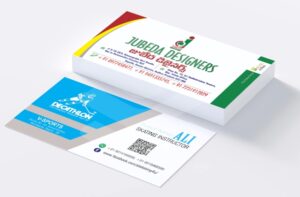When designing invitations and announcements, it is essential to make eye-catching exteriors that do not blend in with other mail or get mistaken for junk mail. Specialty paper, unique shapes, or stylistic conventions that require audience participation ensure a design solution will be opened. The exterior also provides an opportunity to establish a mood or tone through the use of typography and visuals. Because invitations are usually not complex pieces with large amounts of information, they are fairly open to interpretation. They can be as subdued and elegant as a traditionally engraved wedding invitation, or as wild as the imagination can conjure. Many incorporate objects that reflect the theme of the event and push the boundaries by printing on unusual surfaces. As with every job, it all depends on the client and their budget, but it is important to discuss the breadth of options so the end result will be as compelling as it can be. A dynamic invitation will always yield a larger crowd.

Invitation Design Considerations:
Invitations and announcements are not just single pieces; they consist of several components that work together as part of the design. Keep these considerations in mind when presenting design options to a client:
Invitations and announcements are not just single pieces; they consist of several components that work together as part of the design. Keep these considerations in mind when presenting design options to a client:
- Pertinent information about an event must be prominently featured on the invitation.
- Provide specific details such as location, date, time, and purpose in a clear and easy-to-find location.
- Carefully consider which elements are important to include.
- In addition to the piece itself, a reply card and envelope, a map and directions to the event, other information sheets may be necessary. These should all fit into one large, outer envelope.
- Confirm postage for any oddly shaped or sized pieces. Pieces that fall outside of the proportions established by the U.S. Postal Service require additional postage to mail. Always confirm the rate for any uniquely shaped or sized pieces with the post office, as well as your client, so there are no surprises.
- Whenever possible, provide postage for reply cards. Using pre-paid or stamped reply envelopes will increase the chances that people will respond to an invitation.



